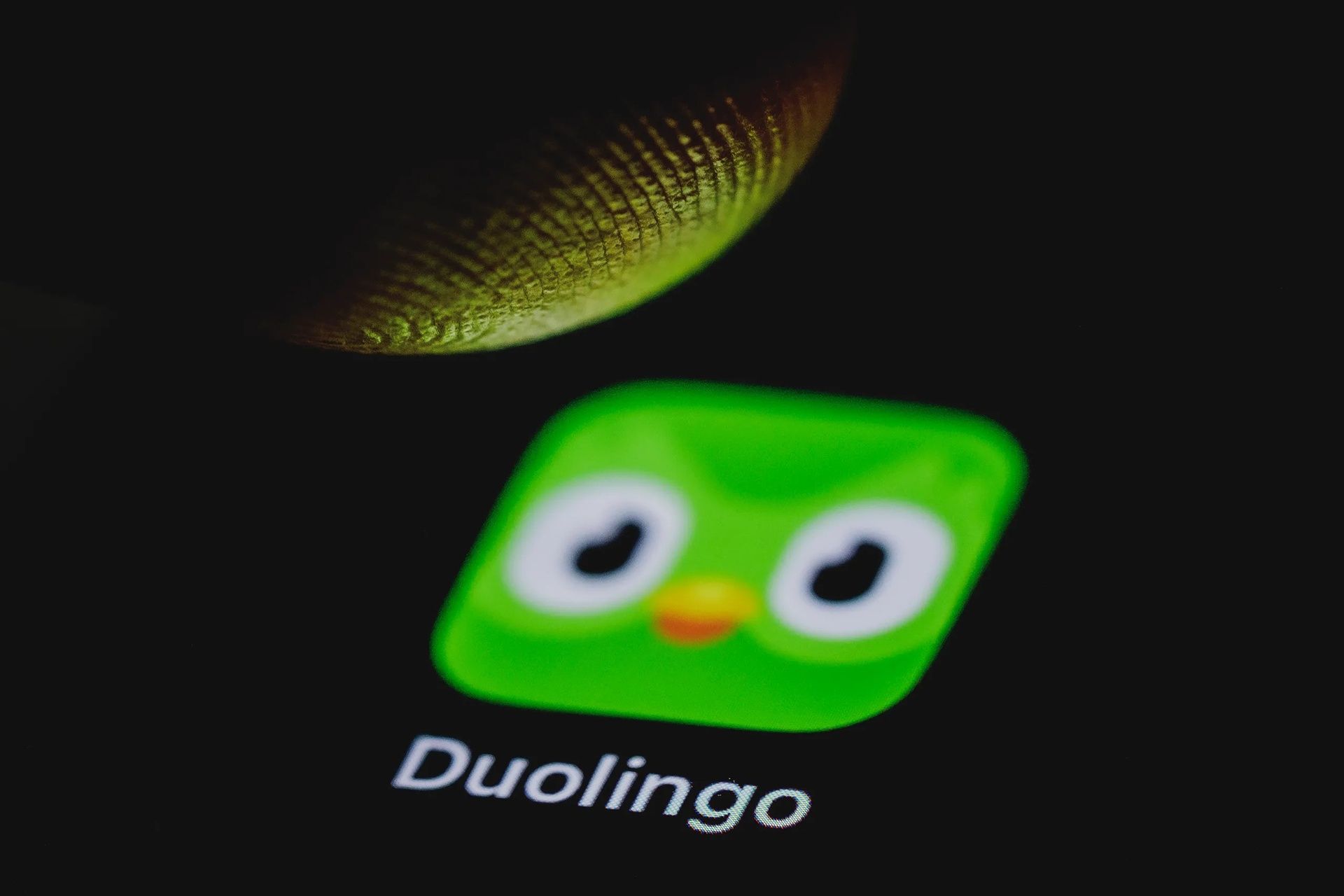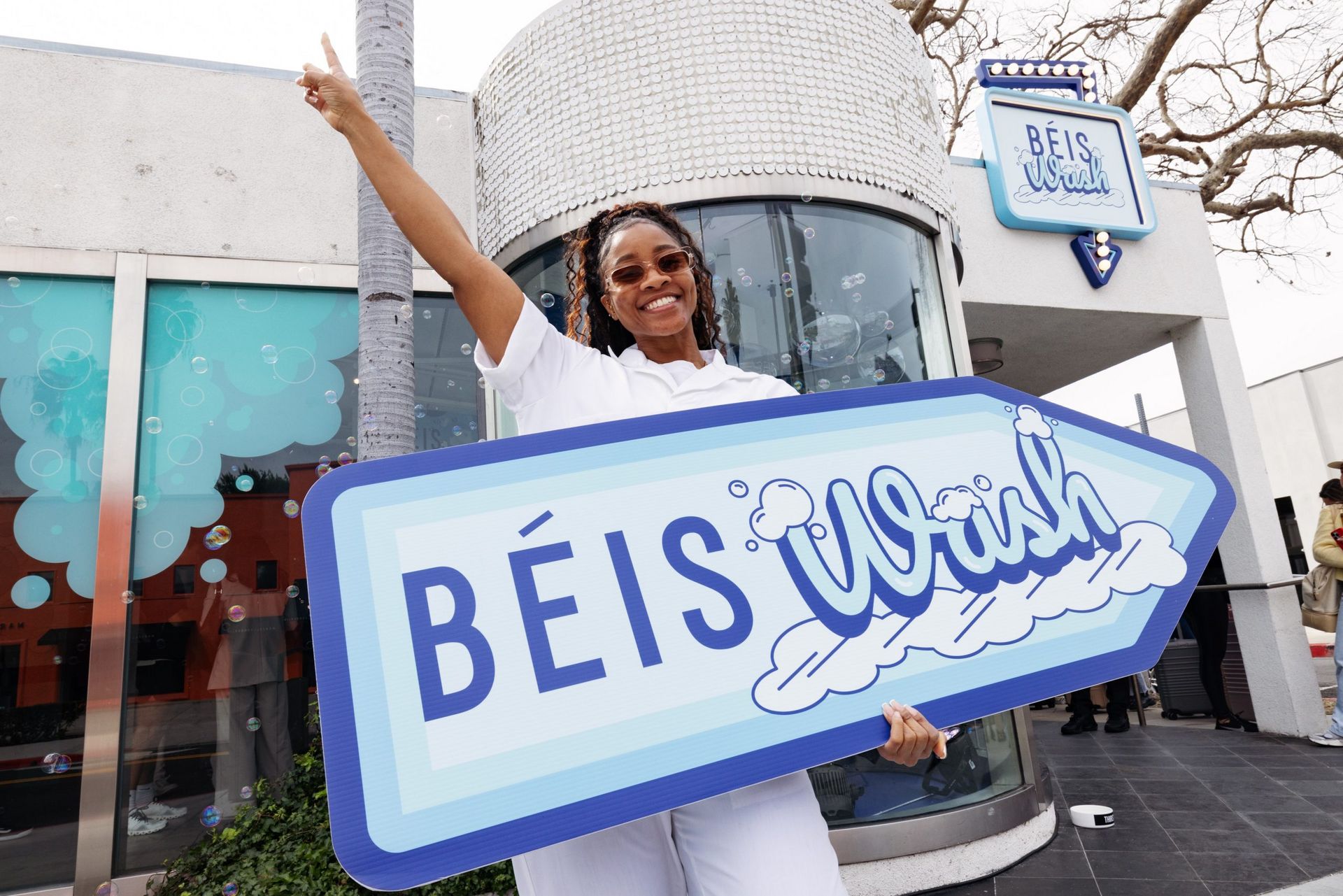- New Wave
- Posts
- Failure Theater
Failure Theater
How brands profit by amplifying their mistakes instead of hiding them


𝑰𝒏 𝑻𝒐𝒅𝒂𝒚'𝒔 𝑾𝒂𝒗𝒆:
🎭 Companies turning authentic failures into competitive advantages
📈 How transparency about mistakes drives higher engagement than success stories
💰 Brands profiting from vulnerability instead of hiding imperfection
🎯 Why owning your flaws has become more valuable than fixing them
𝑻𝒉𝒆 𝑺𝒉𝒊𝒇𝒕
You trip walking into a job interview. Most people would pretend it didn't happen or quickly apologize. But imagine if instead you said, "Well, that's one way to make an entrance – good thing I'm better at this job than I am at walking."

That honesty would probably be more memorable than perfect composure.
For decades, companies spent millions on crisis management to hide their mistakes. But smart brands discovered something backwards: they make more money by amplifying their failures than covering them up.
I'm calling this shift "Failure Theater" – when companies turn authentic failures into strategic advantages by making their flaws central to their brand story rather than obstacles to overcome.
The mistakes that used to end careers now launch them.
𝑾𝒉𝒚 𝑵𝒐𝒘?
Three things are making failure theater profitable:
Authenticity fatigue. After years of polished corporate messaging, people crave brands that feel human. Failure signals authenticity in ways success never can.
Social algorithms reward vulnerability. Platforms prioritize content that generates emotional response. Posts about failures and struggles consistently outperform success announcements because they're more relatable and shareable.
Perfect became predictable. In a world where every brand claims to be the best, being flawed stands out. Companies that own their mistakes differentiate themselves from competitors claiming perfection.
Quiz: Which approach best exemplifies "failure theater"?
A) Quietly fixing a product bug without telling customers
B) Issuing a formal apology for a service outage
C) Turning customer complaints into marketing campaigns
D) Offering refunds for defective products
𝑬𝒂𝒓𝒍𝒚 𝑺𝒊𝒈𝒏𝒂𝒍𝒔
Astronomer: Crisis Celebrity Spokesperson We all saw the Coldplay's kiss-cam moment between the CEO and his CPO. Instead of damage control, they hired Ryan Reynolds' agency Maximum Effort to create a response video featuring Gwyneth Paltrow as their "very temporary spokesperson." The self-aware campaign transformed scandal into brand awareness and was praised as "crisis management hall of fame."
Duolingo: Guilt Trip Marketing
The language app faced constant user complaints about aggressive notifications. Instead of softening the approach, they turned their pushy bird mascot into a TikTok character that jokes about guilting users into studying. The self-aware comedy generated 30% user growth and made their "annoying" notifications into a beloved brand feature.

BÉIS Luggage: Stain Celebration
When customers complained about suitcases getting scuffed during travel, BÉIS opened a car-wash pop-up where they cleaned luggage for free while customers watched and shared the experience. The campaign turned a product weakness into 780,000 social impressions and positioned wear-and-tear as proof their bags actually get used.

Ryanair: Budget Airline Roasts Europe's cheapest airline faces constant criticism for cramped seats and hidden fees. Their response? Self-deprecating TikToks that mock their own service while celebrating low prices. Videos regularly hit millions of views, and engagement rates jumped 40% by owning what others would hide.

𝑭𝒖𝒕𝒖𝒓𝒆 𝑰𝒎𝒑𝒍𝒊𝒄𝒂𝒕𝒊𝒐𝒏𝒔
Flaws as a moat. Companies will deliberately highlight their weaknesses before competitors can expose them, turning imperfections into brand differentiators that can't be replicated.
Crisis marketing beats crisis management. The brands that amplify problems strategically will outperform those that try to minimize or hide them.
Vulnerability becomes a business metric. Success will be measured by how authentically companies share struggles, not just how well they perform.
The marketers who aren't afraid to fail publicly today will define brand success tomorrow.

𝑸𝒖𝒊𝒄𝒌 𝑻𝒊𝒑𝒔
🔍 Audit your obvious flaws: List what customers already complain about and make it part of your story. If your service is slow, celebrate being thorough. If your product is expensive, own the premium positioning.
📱 Document the mess: Share behind-the-scenes struggles in real-time. Post the failed attempts, wrong turns, and lessons learned. People connect with the process more than the outcome.
💬 Amplify complaints: When customers point out problems, use their feedback as content. Turn criticism into social posts, product updates, or marketing campaigns that show you're listening.

𝑵𝒆𝒙𝒕 𝑾𝒂𝒗𝒆
Answer: C) Turning customer complaints into marketing campaigns. Failure theater transforms authentic criticism into strategic brand positioning rather than treating problems as issues to quietly resolve.
If this email was forwarded to you, sign up here — and if someone referred you, let me know. That helps unlock something special for them later this year.
Stay wavey,
Haley
